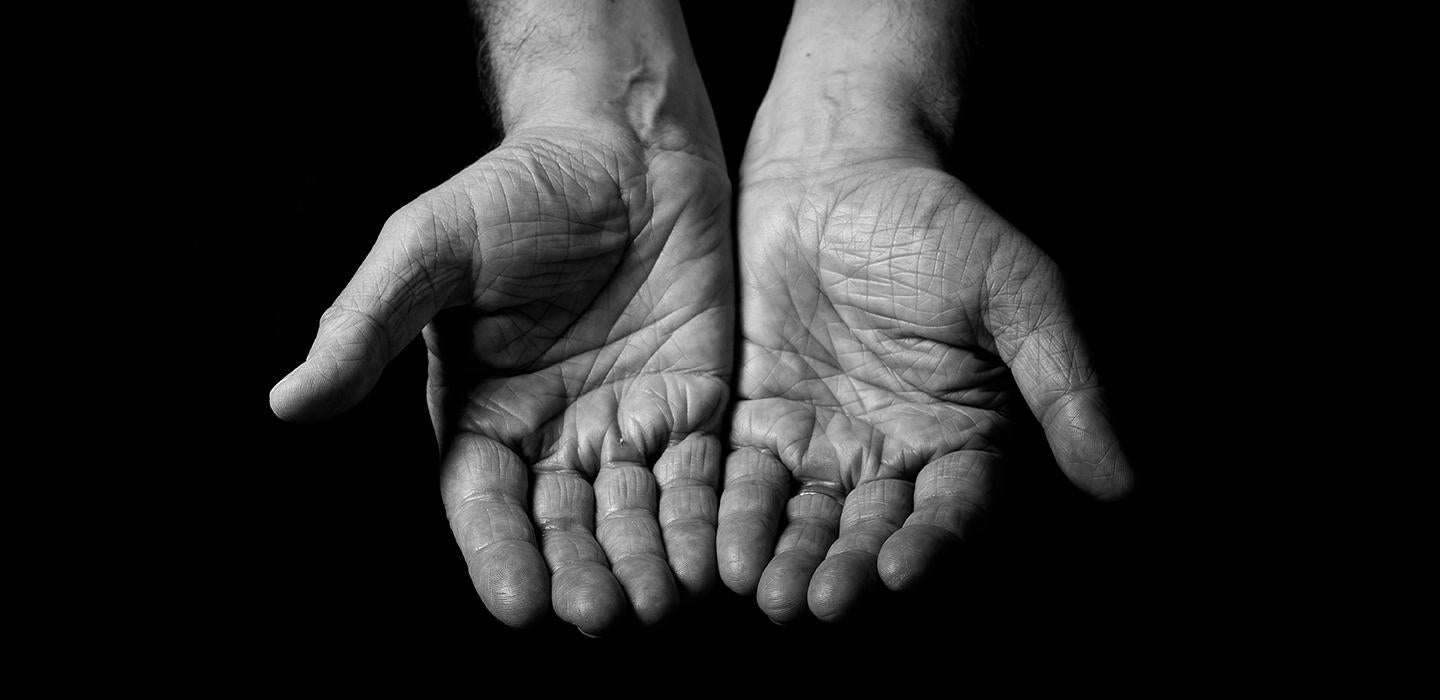
Subscribe to Pittwire Today
Get the most interesting and important stories from the University of Pittsburgh.Deficits in arm and hand mobility are some of the most life-altering complications for stroke patients and people who have been paralyzed. Yet, there are no therapies or medical technologies that restore or meaningfully improve lost upper limb function. Researchers from the University of Pittsburgh are working to change that.
In a new paper published in Nature Neuroscience, Assistant Professor of Neurological Surgery Marco Capogrosso and team report that electrical stimulation of the spinal cord improves voluntary motor control of the arm and hand in monkeys. In the future, this technology could allow individuals with limited arm function to partially regain lost movement.
“To perform even the simplest arm movement, our nervous system has to coordinate hundreds of muscles, and replacing this intricate neural control with direct electrical muscle activation would be very difficult outside a laboratory,” said Capogrosso, member of the Rehabilitation and Neural Engineering Labs at Pitt. “Instead of stimulating muscles, we simplified the technology by designing a system that uses surviving neurons to restore the connection between the brain and the arm via specific stimulation pulses to the spinal cord, potentially enabling a person with paralysis to perform tasks of daily living.”
Developing a seamless technology that can be used outside the lab to help these patients is no easy feat. Our wide range of upper limb motions and superior dexterity set primates and humans apart from other mammals: The ability to rotate the arm in the shoulder, bend it at the elbow, flex and extend the wrist, and alter the grip by changing positions of individual fingers allows for extraordinarily complex control of the way we hold objects and otherwise interact with the world. That ability is also what makes restoration of arm and hand movement extraordinarily difficult.
To test their stimulation technology, researchers worked with macaque monkeys with partial arm paralysis who were trained to reach, grasp and pull a lever to receive their favorite food treat.
In addition to brain implants detecting electrical activity from regions controlling voluntary movement, the monkeys were implanted with a small array of electrodes connected to an external stimulator the size of a pencil-top eraser, which was turned on when brain electrodes detected the animal’s intention to move its arm.
The electrodes and the stimulator’s design and placement — over the nerve roots sprouting from the spinal cord toward the muscles of the arm and hand — were extensively verified using a combination of computational algorithms and medical imaging, ensuring that each animal’s unique anatomy was compatible with the painless device.
The team’s analysis showed that, while not enough to completely restore arm function, the stimulation significantly improved precision, force and range of movement, allowing each animal to move its arm more efficiently. Importantly, the animals continued to improve as they adapted and learned how to use stimulation.
“Taking a step back and tackling a very complex clinical problem from a different and simpler perspective compared to anything that was done before opens more clinical possibilities for people with arm and hand paralysis,” said co-first author Beatrice Barra, a former visiting scholar at Pitt who is currently at New York University. “By building a technology around the nervous system that mimics what it is naturally designed to do, we get better results.”
While the current study is still pre-clinical and experimental, Capogrosso is also conducting a clinical trial testing in humans to determine whether electrical spinal cord stimulation could improve arm and hand control in patients who have had strokes. They are currently recruiting participants at the University of Pittsburgh and UPMC.
— Ana Gorelova


